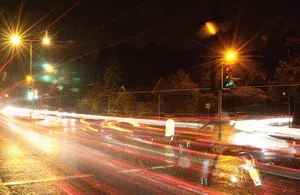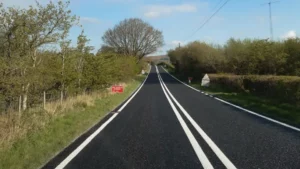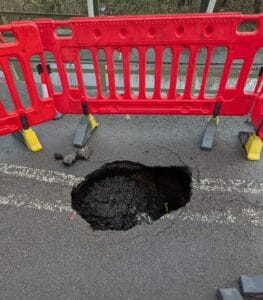An internet of things (IoT) sensor network has been developed to provide real-time monitoring of rural road conditions and identify where repairs are required.
DigiFlec, a start-up based in Dunfermline, is working with research partners as part of the Scottish Government’s latest CivTech programme to digitally map the Forestry and Land Scotland road network.
The data will detect culvert blockages, potential flooding and other damage. IoT sensors have so far been deployed in test locations in Blairadam and Auchineden, reports Daily Business.
CENSIS – Scotland’s innovation centre for sensors, imaging systems, and IoT technologies – is playing a key role in the research which should cut down on the need to rack up hundreds of miles of travel to do manual checks.
While motorways and A roads are inspected annually for defects, B and C class roads are only examined every 4-20 years. Recent reports suggested that the backlog of repairs required for Scotland’s road network could cost as much as £1.7 billion.
Steven Gillan, director at DigiFlec, said: “Local authorities and landowners currently face a paucity of information about the conditions on their roads.
“A big part of the reason for that is the time and costs involved in gathering data. This makes it difficult to make good decisions about where to focus efforts, and maximise time, material, and resources.
“Yet, Scotland has a working countryside with everything from heavy industry to the hospitality sector using roads alongside residents.
“The road system needs to serve all of those sectors’ needs whilst being usable for communities going about their day-to-day lives. Our system allows the people managing roads to better understand their condition.”
Josh Roberts, innovation manager at Forestry and Land Scotland, commented: “These sensors will mean we have invaluable, up-to-date information at our fingertips regarding the condition of our road network and forewarning us of any developing issues.
“This technology will give us the ability to allocate the right resources to the right place and at the right time, and transform how we make best use of our assets and deliver the best value for the public purse.”
Rachael Wakefield, business development manager at CENSIS, added: “This CivTech project demonstrates the real difference that IoT, imaging, and sensing technologies can make – particularly when they are combined.”




























